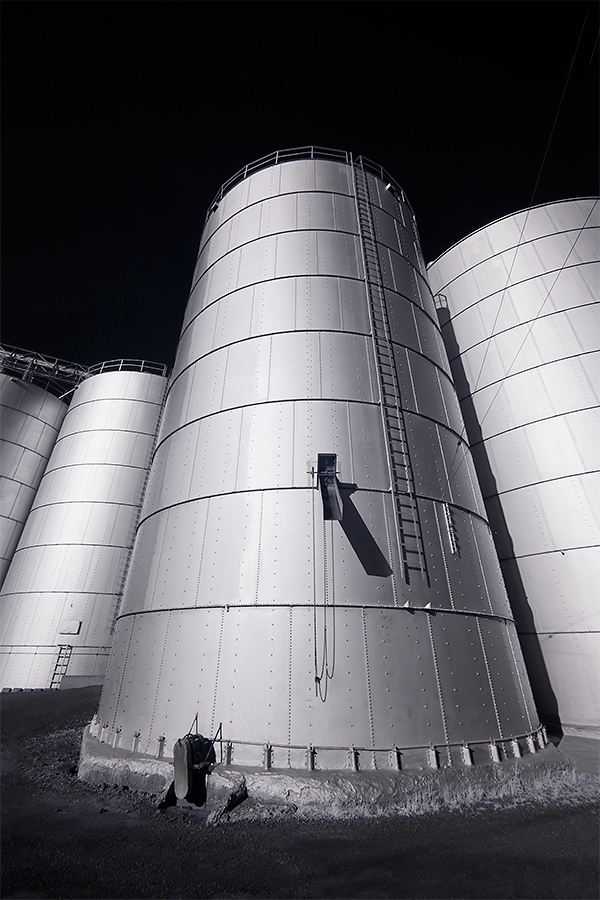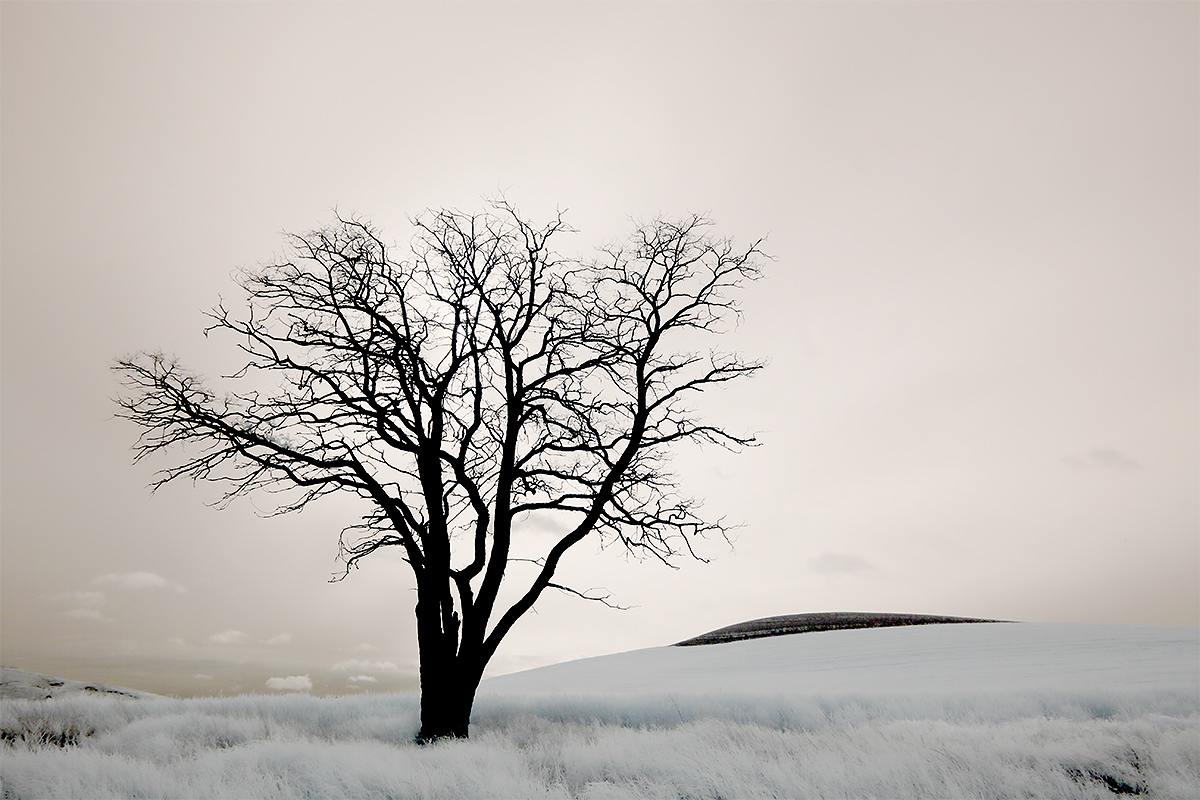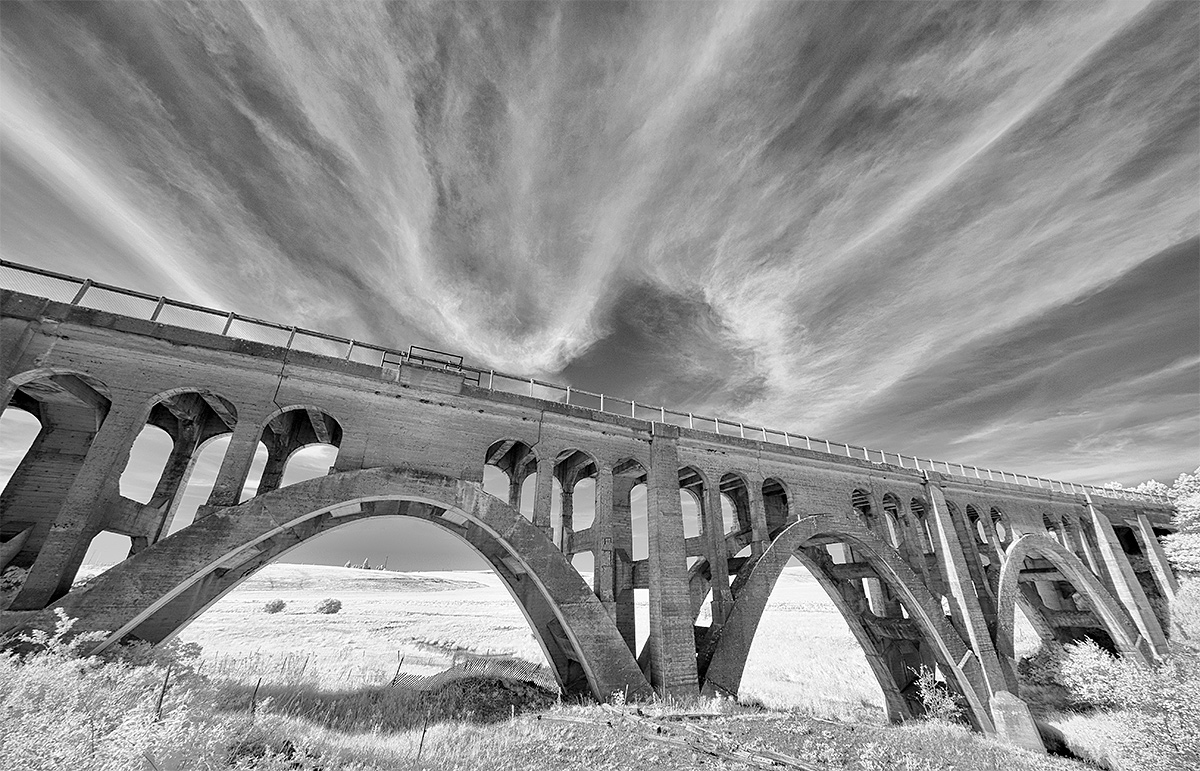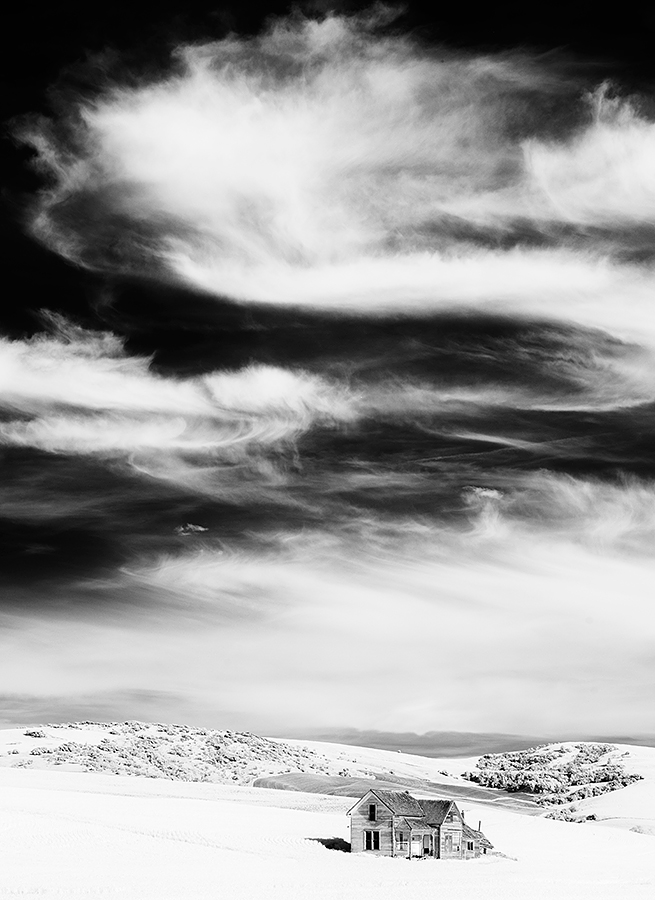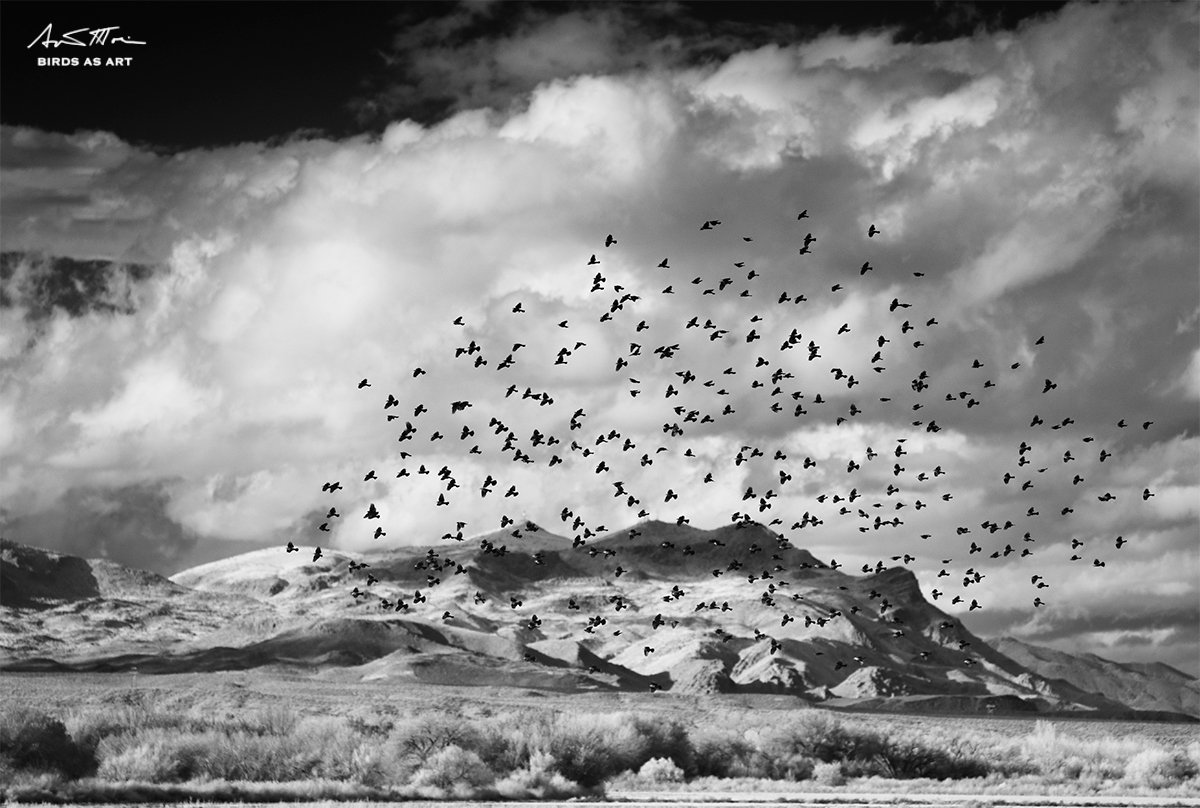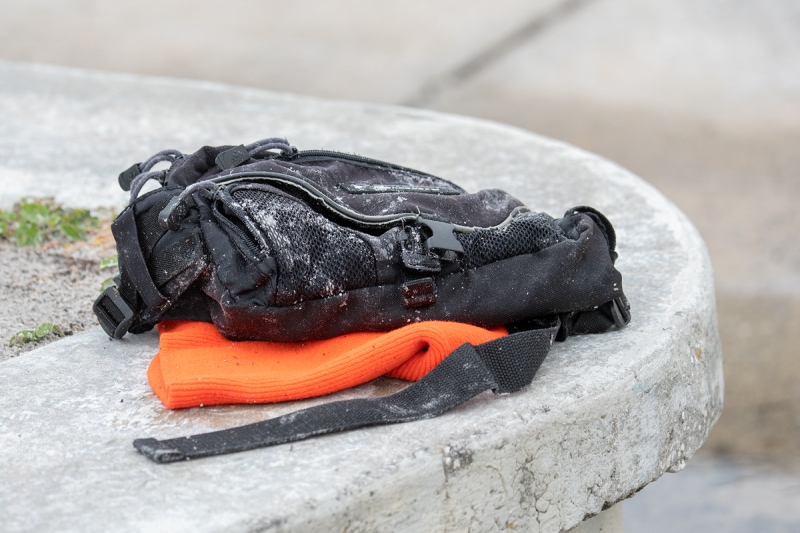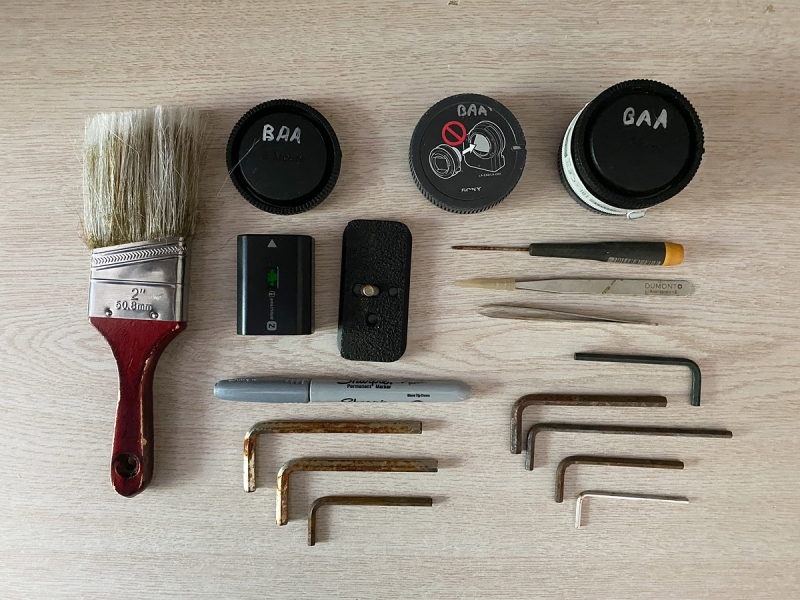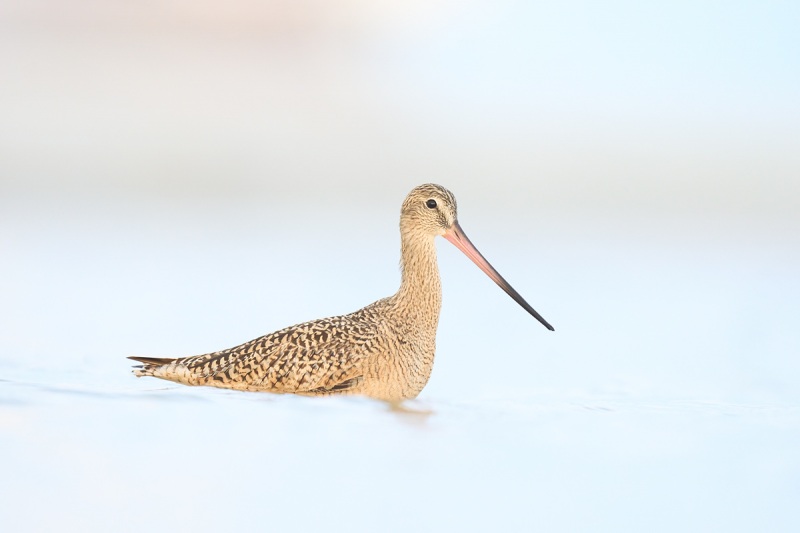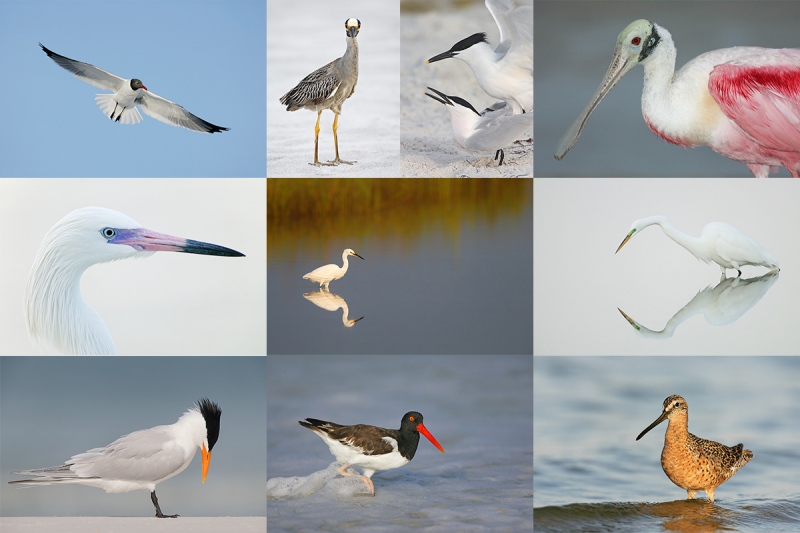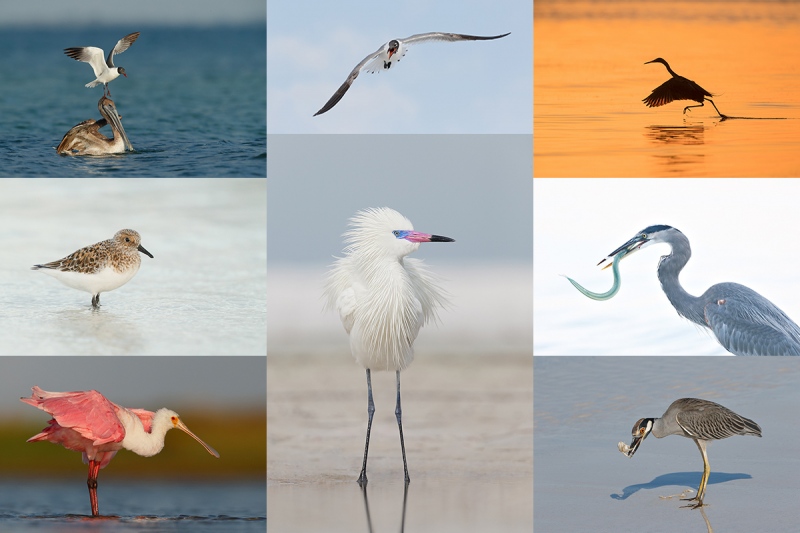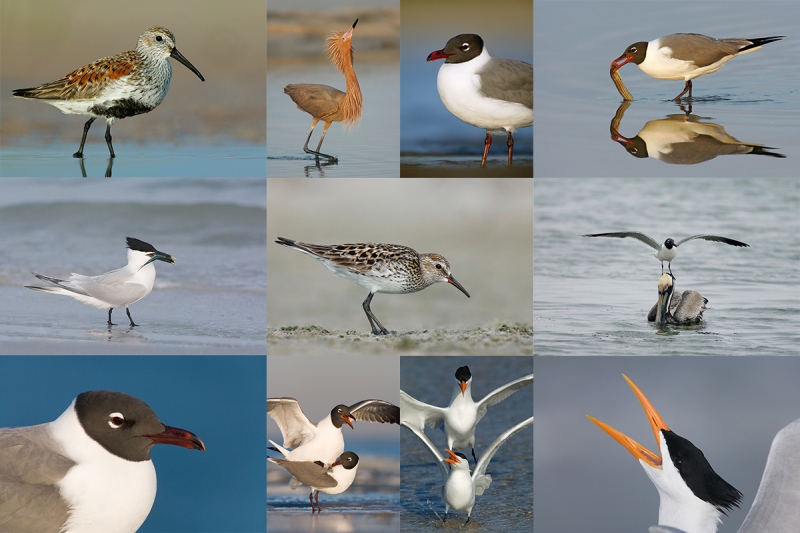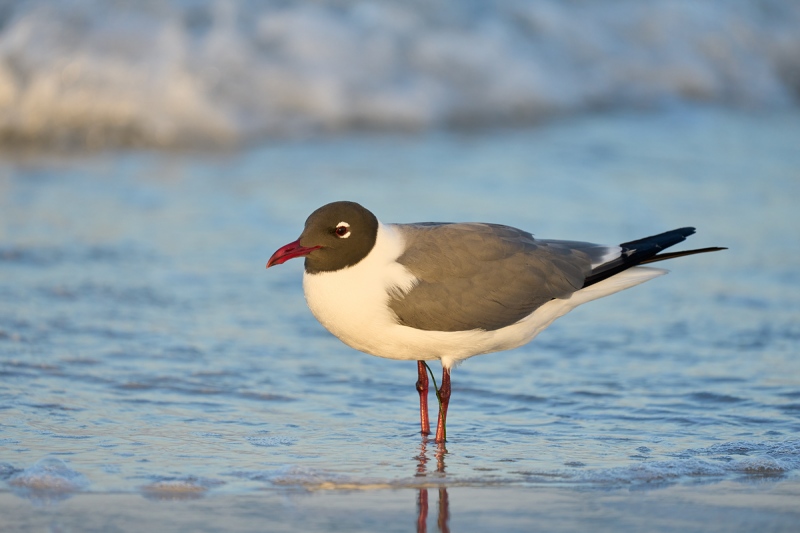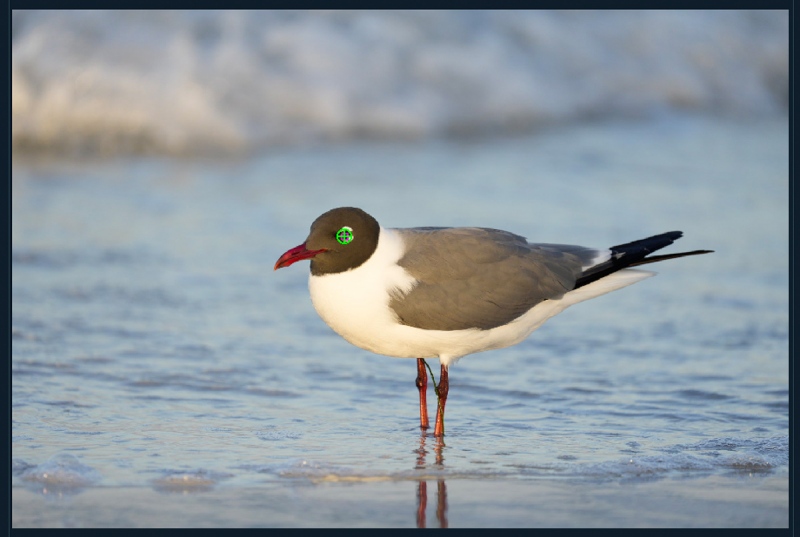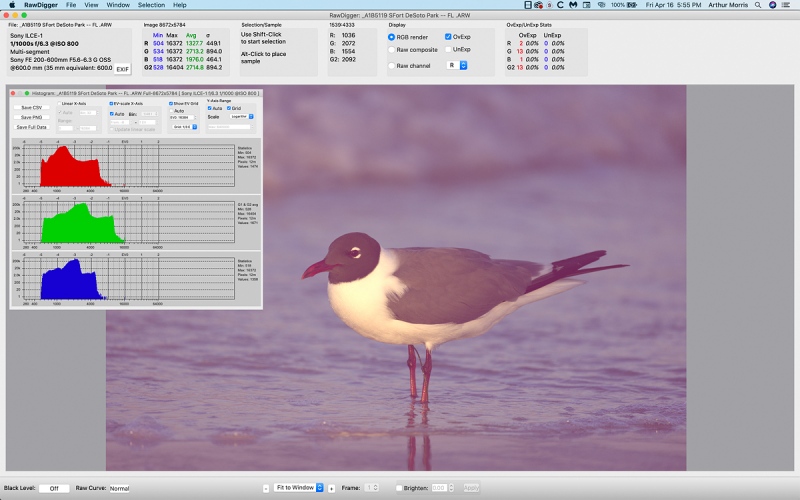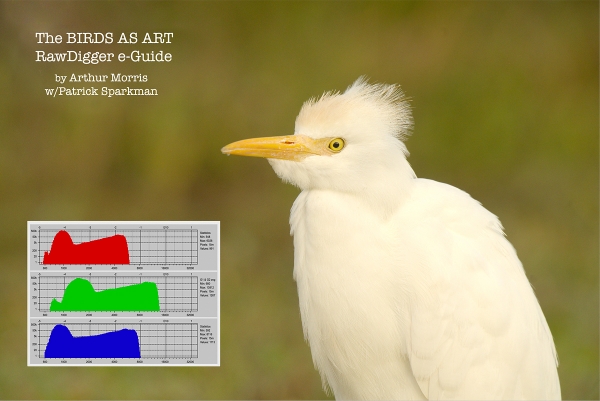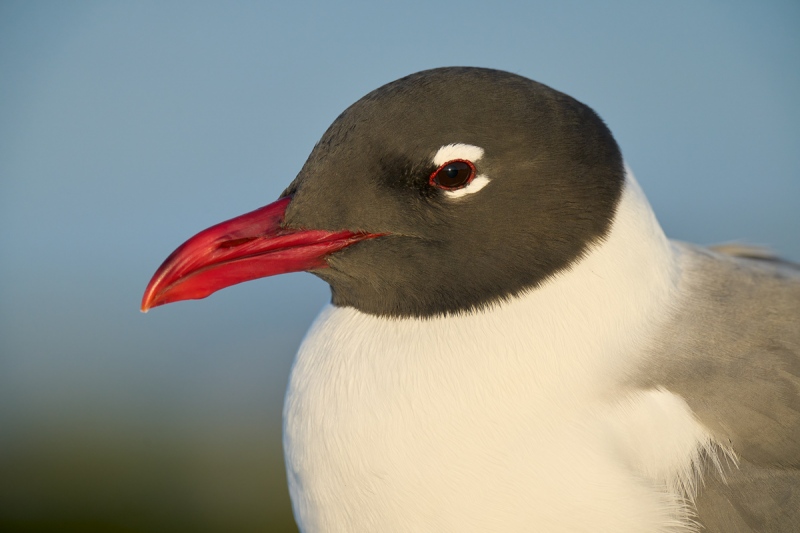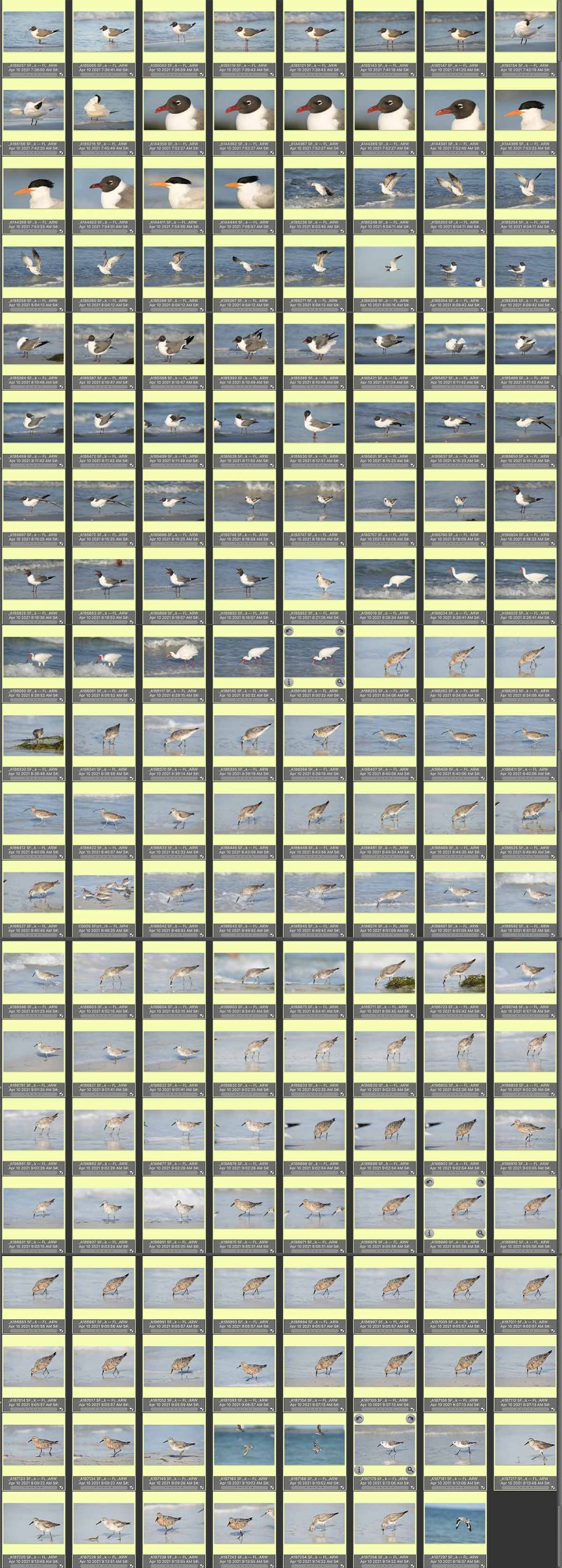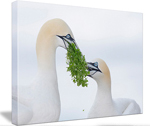IR Survey
However you feel about infrared (IR) photography — love it, hate it, or could care less, please leave a comment and let us know why. Those who like it, are invited to let us know their thoughts on which of today’s five featured images they feel is the strongest of the lot.
What’s Up?
On Sunday morning, I played around with a group of adult cranes with the 600 f/4G lens on the ground on a Skimmer II and re-learned an important lesson: sometimes low can be too low … I plan to be using the Skimmer at lot at DeSoto; they are currently out of stock so please e-mail if you would like us to get one for you.
I did two more second edits, JAN & FEB 2021. I deleted another 1501 images. (January must have been a third edit …) You can learn how I pick my first round keepers in the The Laughing Gull/Red Knot (and more) DeSoto Picking Your Keepers Video.
I’ve been swimming every day in a delightfully warm pool. A few weeks ago, I cut back from 64 to 44 lengths and my shoulders have appreciated that change a lot.
Today is Monday 19 April. The weatherman finally got it right. The scattered thunderstorms have been parked over and pounding away at ILE since 3am with no signs of abating any time soon. If they do, I will head down to the lakeshore to check out the puddles. Wherever you are, and whatever you are doing, I hope that you have a great day.
This blog post took about an hour to prepare and makes 117 consecutive days with a new one. Please remember to use my B&H affiliate links or to save money at Bedfords by using the BIRDSASART discount code at checkout. Doing either often earns you free guides or discounts, and always earns my great appreciation.
The BAA Used Gear Page
The Used Gear page continues to be very active. The BAA Used Gear Page is the place to sell your used photographic equipment. We will help you to get your gear sold quickly for 20 to 60% or more than what the big guys are offering … Doubt me? Check out the Recent Sales list for the past eleven months at the bottom of the page.
IR Price Drop
Canon EOS 5D Mark III dSLR Converted to Infrared (with Extras)
Price reduced $100.00 8 MAR 2021
Price reduced $100.00 18 APR 2021
BIRDS AS ART friend and multiple-IPT veteran Morris Herstein is offering a Canon EOS 5D Mark III dSLR converted to infrared (830 nanometers) by Life Pixel in excellent plus condition with extras for $799.00 (was $999.00). The sale includes two Canon LP-E6N batteries, the charger, the front body cap, two Lexar 128GB 1066X flash cards, and insured ground shipping via major courier to lower-48 US addresses only. Your item will not ship until your check clears unless other arrangements are made.
Please contact Morris via e-mail.
When I shot Canon exclusively, I had a ton of fun making landscapes, tree-scapes, and cloud-scapes with a 5D Mark II that had been converted to infrared. The 5D III is a step up from that. These infrared-converted bodies pair well with the 24-105 and any of the 70-200s. artie
Re-Runs
Canon EOS-1DX Mark II Professional Digital Camera Body (with great extras!)
IPT veteran William Wingfield is offering a Canon EOS-1DX Mark II camera in near-mint condition with lots of extras for $2398.00. The sale includes the front lens cap, one extra battery, the battery charger, the original box, the manual, three CFast cards (two @ 128GB and 1@ 64GB), the CFast reader, One @ 64 GB CF card, and insured ground shipping via major courier to lower-48 US addresses only. Your item will not ship until your check clears unless other arrangements are made.
Please contact Bill via e-mail or by phone at 1-843-729-6670 (Eastern time zone).
The 1DX Mark II is a rugged, blazingly fast Canon professional digital camera body. It features an amazing AF system and high quality image files with great dynamic range. When he used Canon, it was the first choice of Arash Hazeghi, one of the world’s premier birds-in-flight photographers. This body is still in production and currently sells new for $4,499.00. Save a very sweet $2101.00 by grabbing Bill’s dSLR ASAP. artie
Canon 100-400mm f/4.5-5.6L IS II USM Lens
Sold 19 APR 2021
William Wingfield is offering a Canon 100-400mm f/4.5-5.6L IS II USM lens in like-new condition for $1499.00. The sale includes the front and rear lens caps, the tough fabric lens case, the original box, and insured ground shipping via major courier to lower-48 US addresses only. Your item will not ship until your check clears unless other arrangements are made.
Please contact Bill via e-mail or by phone at 1-843-729-6670 (Eastern time zone).
This incredibly versatile zoom lens — with its amazing .98 meter close focus — was my favorite Canon telephoto zoom lens ever. By far. It is great for tight portraits, birds in flight, quasi-macro stuff, and lots more. It sells new for $2399.00 so you can save some hard cash by grabbing Bill’s pretty much new lens now. artie
Canon EOS R Mirrorless Digital Camera Body
Sold 19 APR 2021
Ted Keltz is offering a Canon EOS R Mirrorless Digital Camera body in like-new condition for a very low $1199.00. The sale includes the body, the body cap, the battery, the battery charger, the original camera strap, the original printed manual, and insured ground shipping via UPS to lower-48 US addresses only. Your item will not ship until your check clears unless other arrangements are made.
Please contact Ted via e-mail.
A new EOS R5 costs $3899.00. A new EOS R goes for $1799.00. I have had several folks on IPT who used their EOS R bodies with great success using the Standard Canon Mount Adapter EF-EOS R with Canon EF super-telephoto lenses, with both TCs! Grabbing Ted’s practically new EOS R would be a great way to get started with Canon mirrorless while saving some handsome dollars. artie
|
This image was created on the second Palouse IPT with the hand held Canon EF 11-24mm f/4L USM lens (at 14mm) and an EOS-5D Mark II converted to Infrared at 720nm by Kolari Vision. Evaluative metering +1 1/3 stops: 1/500 sec. at f/11. Custom WB. Center AF point/One Shot/Shutter Button AF as framed. Click on the image to see a larger version. Image #1: Modern Grain Elevators/Infrared Capture |
|
This image was created on the first Palouse IPT with the hand held Canon EF 11-24mm f/4L USM lens (at 20mm) and an EOS-5D Mark II converted to Infrared at 720nm by Kolari Vision. Evaluative metering +1 stop: 1/1250 sec. at f/9. Custom WB. Center AF point/One Shot/Shutter Button AF on the branches and recompose while half-pressing the shutter button. Click on the image to see a larger version. Image #2: Denise’s Tree/Infrared Capture/Image copyright 2015: Arthur Morris/BIRDS AS ART |
|
This image was created on the second Palouse IPT with the hand held Canon EF 11-24mm f/4L USM lens (at 11mm) and an EOS-5D Mark II converted to Infrared at 720nm by Kolari Vision. Evaluative metering +1 1/3 stops: 1/200 sec. at f/8. Custom WB. Center AF point/One Shot/Shutter Button AF on the center of the bridge and recompose while half-pressing the shutter button. Click on the image to see a larger version. Image #3: Old Railroad Bridge/Infrared Capture |
|
This image was created on the first 2016 Palouse IPT with the hand held Canon 24-105mm zoom lens (at 82mm) and the EOS-5D Mark II converted to Infrared by Kolari vision. The old 24-104 is being replaced by the Canon EF 24-105mm f/4L IS II USM lens. ISO 400. Evaluative metering -1/3 stop: 1/250 sec. at f/8. Custom IR WB. Center AF point/AI Servo Expand/Rear Focus AF on the house and re-compose. Click on the image to see a larger version. Image #4: Prairie farmhouse/Infrared vertical |
|
This image was on Thanksgiving Day at Bosque with the hand held Canon EF 100-400mm f/4.5-5.6L IS II USM lens (at 278mm) and my Kolari Vision-converted EOS-5D Mark II (now effectively replaced by the Canon EOS 5D Mark III.) ISO 800. Evaluative metering +2 stops: 1/800 sec. at f/5.6. Custom WB. All 9 AF points/AI Servo/Shutter Button AF was active at the moment of exposure (as is always best when hand holding). Click on the image to see a larger version. Image #5: Red-winged Blackbird flock in front of mountains, Bosque del Apache NWR, NM/IR > B&W |
Typos
With all blog posts, feel free to e-mail or to leave a comment regarding any typos or errors.

